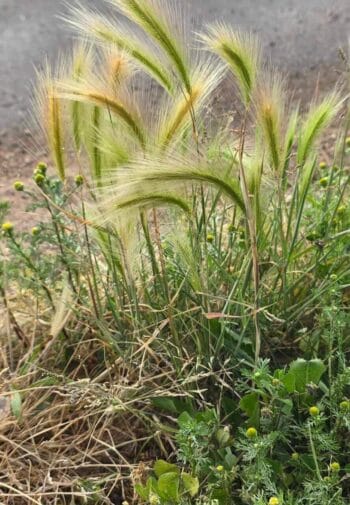
For dog owners, ensuring the safety and well-being of their pets is a top priority. While many dangers are well-known, such as toxic foods (chocolate) and harmful chemicals (some essential oils), one lesser-known but significant threat comes from a seemingly harmless plant: foxtail weed.
Foxtail weed, part of the Alopecurus genus, is a common grass found in many parts of the world, particularly in North America. Despite its unassuming appearance, foxtail weed poses a serious risk to dogs, potentially leading to severe health complications and issues
What is Foxtail Weed
Foxtail weed is characterized by its bushy, spiked seed heads that resemble a fox’s tail. These seed heads are designed to disperse widely and can become embedded in the fur, skin, and orifices of animals walking by. The seeds’ barbed structure makes them particularly dangerous, as they can move deeper into the body and, since they do not break down, cause significant damage.
How Foxtail Weed Affects Dogs?
Foxtail weed can cause a range of health issues for dogs, depending on where the seeds become lodged. They can dig into any part of the body, move in one direction, and do not dissolve, causing all sorts of havoc.
The most common areas are the paws, ears and nose. They cannot come out on their own and must be removed! Here are some of the common areas affected and the associated dangers:
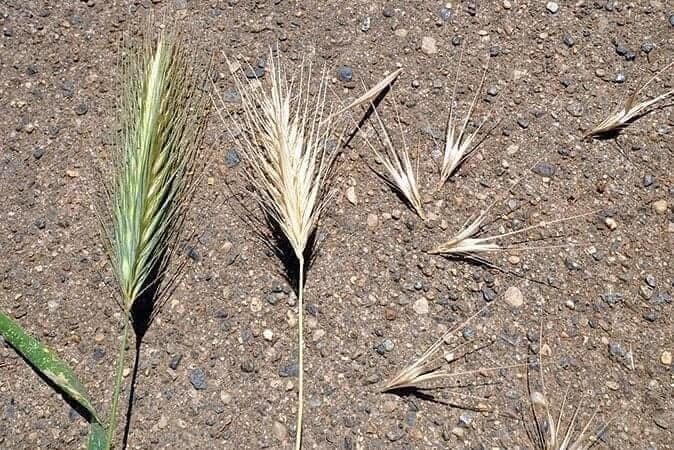
1. Paws
2. Ears
3. Nose & Mouth
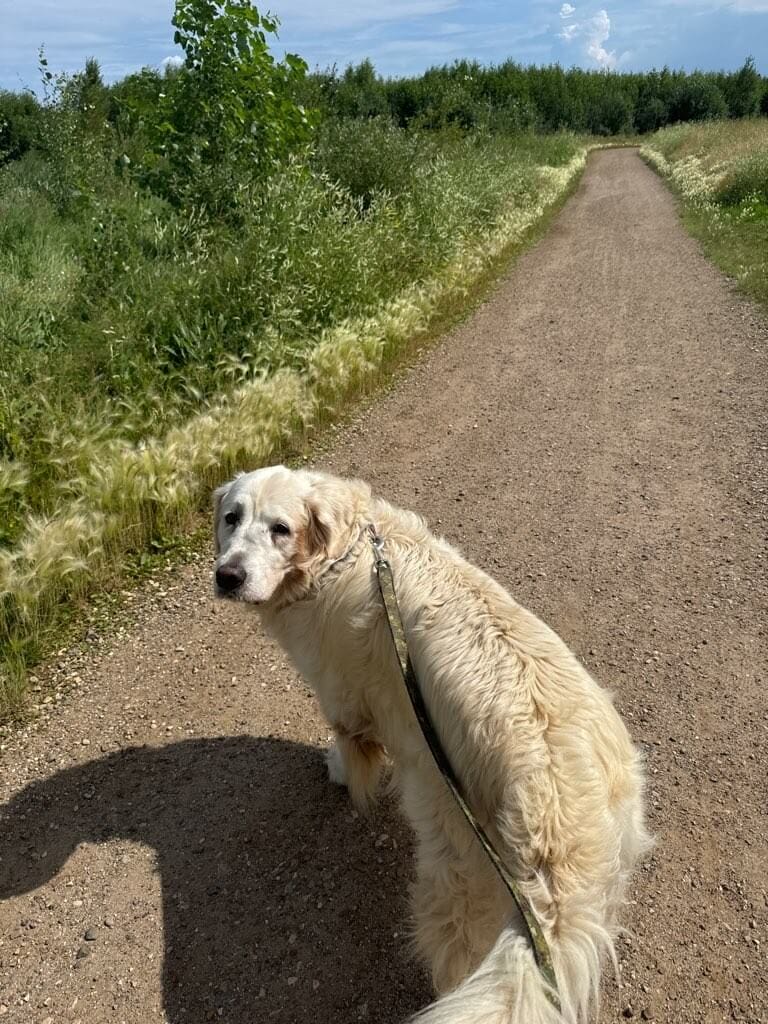
4. EYES
Seeds can also become trapped in the eyes, causing irritation, redness, discharge, and potential damage to the cornea. Dogs with foxtail seeds in their eyes often paw at their face and may exhibit visible swelling.
5. SKIN
Foxtail seeds can penetrate the skin and travel through the body, causing abscesses, infection, and internal damage. Symptoms include swelling, redness, and pus-filled sores. They could also have a small bump or lump on the skin that feels hard, and may have a small hoe in the middle.
6. INTERNAL DAMAGE
Key Symptoms
- Excessive licking or chewing at paws.
- Head shaking or ear scratching
- Sneezing, coughing, or difficulty breathing.
- Red, swollen, or watery eyes
- Sudden onset of limping or pain
- Visible swelling or sores on the skin (abscess)

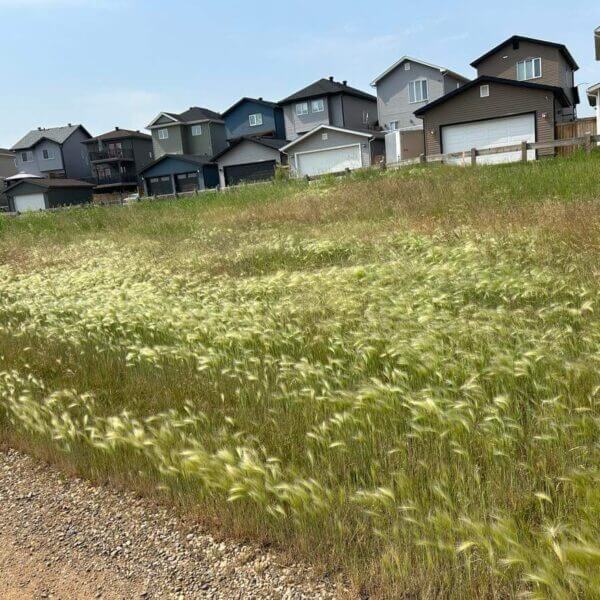
Preventing Foxtail Seed Exposure
Unfortunately in Fort McMurray, Alberta- this plant can be found all over the city, and in large batches.
Prevention is the best defense against the dangers of foxtail weed!
1. Avoid High-Risk Areas
During foxtail season, typically from late spring through fall, try to avoid areas where foxtail weeds are prevalent, such as open fields, roadsides, and trails.
2. Regular Grooming
Regularly brush your dog’s coat, especially after walks, to remove any seeds that may have attached to their fur.
3. Pay Attention
Watch your dog closely while in the yard and out on walks— especially where they are sniffing. Keep them leashed at all times, so you can lead them away from patches of the weed.
4. Inspect Your Dog
After outdoor activities, thoroughly check your dog’s paws, ears, nose, mouth, private parts, underneath the collar and coat for any signs of foxtail seeds.
5. Keep Your Yard Clean
Maintain your yard by mowing the grass and removing any foxtail weeds to reduce the risk of exposure.
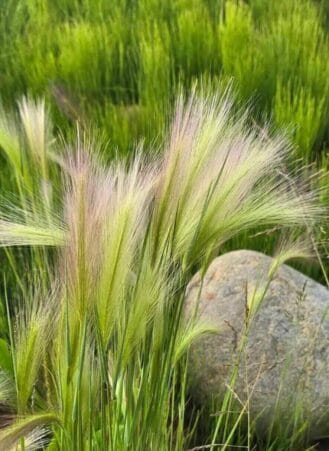
What to Do If Your Dog is Exposed
If you suspect your dog has been exposed to foxtail, it’s important to act quickly!!
Check your dog for any visible signs of foxtail seeds and try to remove them if they are accessible and not deeply embedded. You can gently pull them out with a pair of tweezers – and if you cannot remove them you will need the help of your veterinarian. If you are able to remove from the skin, make sure to wash with antibacterial soap and rinse with water afterwards. If the seeds are embedded in the throat, nasal passages, or other sensitive areas, they may need to be surgically removed.


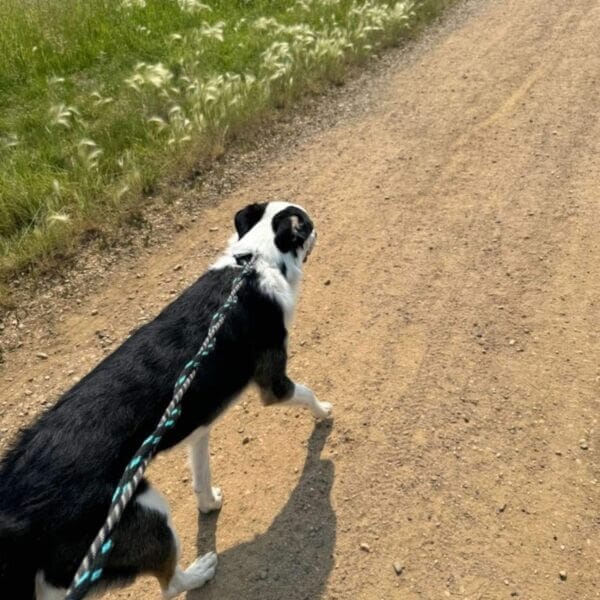
Conclusion
Foxtail weed is more than just a nuisance; it is a hidden danger that can cause significant harm to dogs.
By being aware of the risks and taking preventive measures, dog owners can help ensure their furry friends remain safe and healthy. Regular checks, grooming, and prompt veterinary care are crucial to mitigating the dangers posed by this seemingly innocuous plant.








